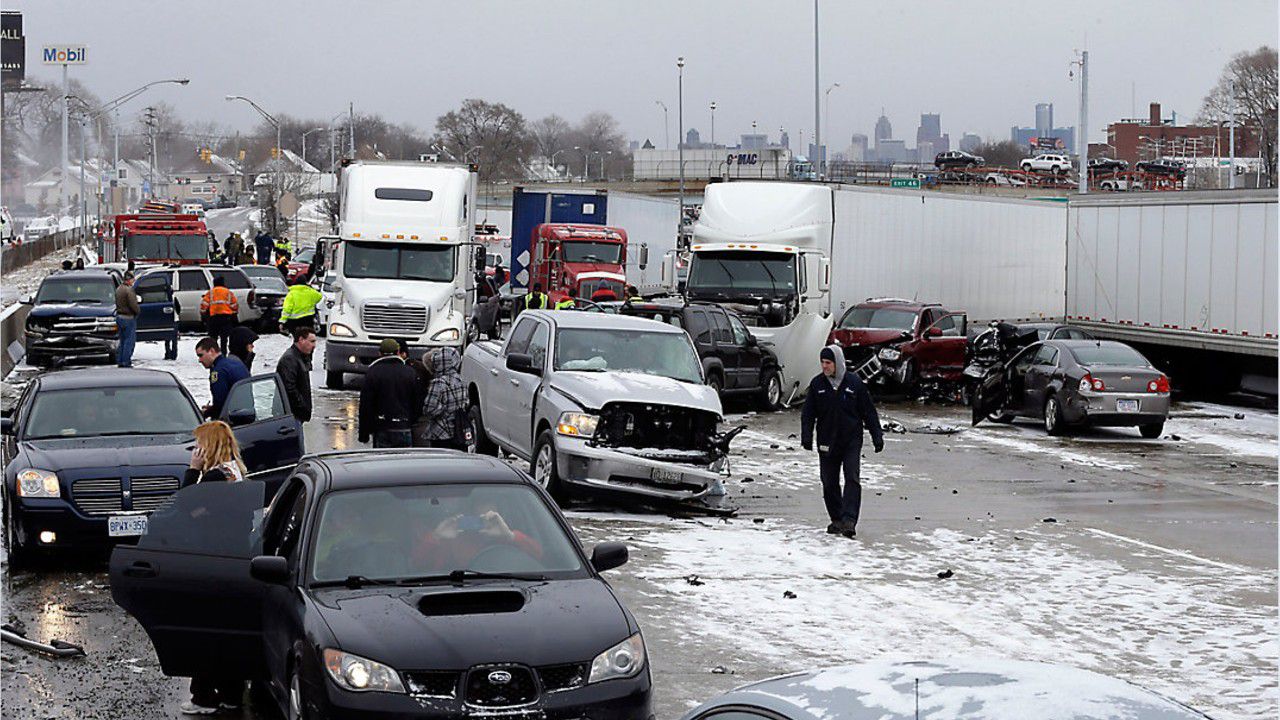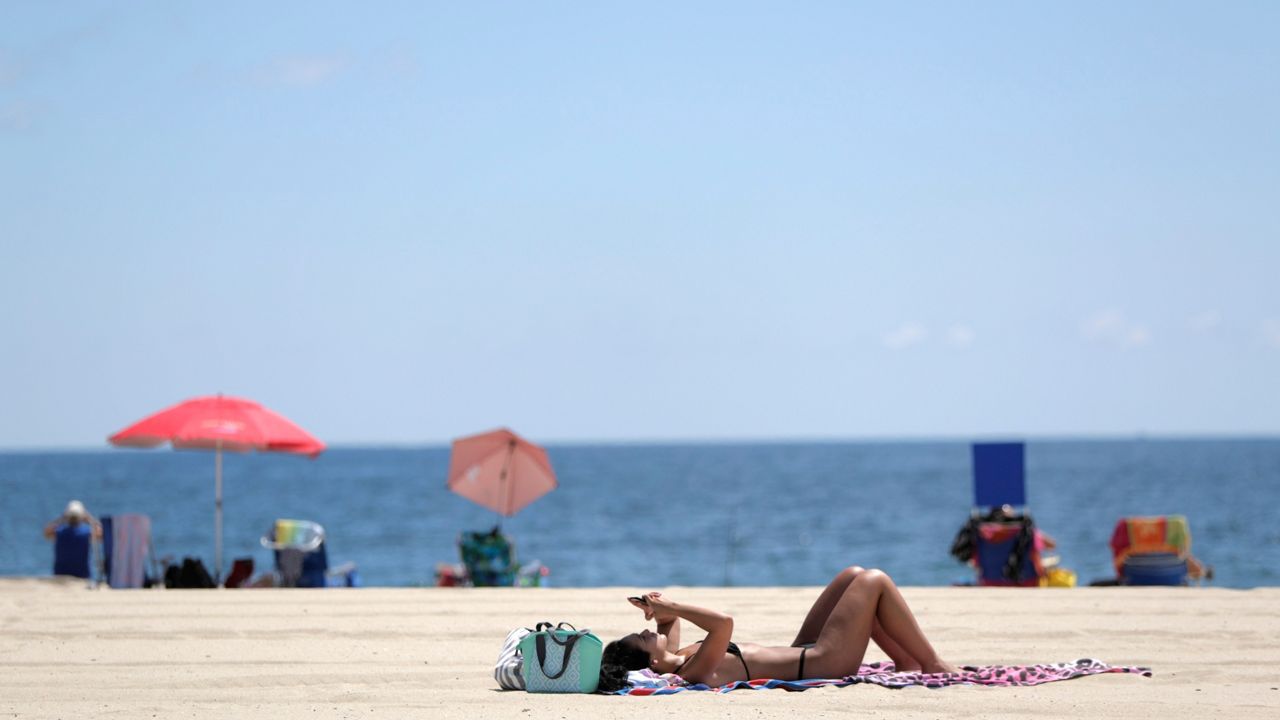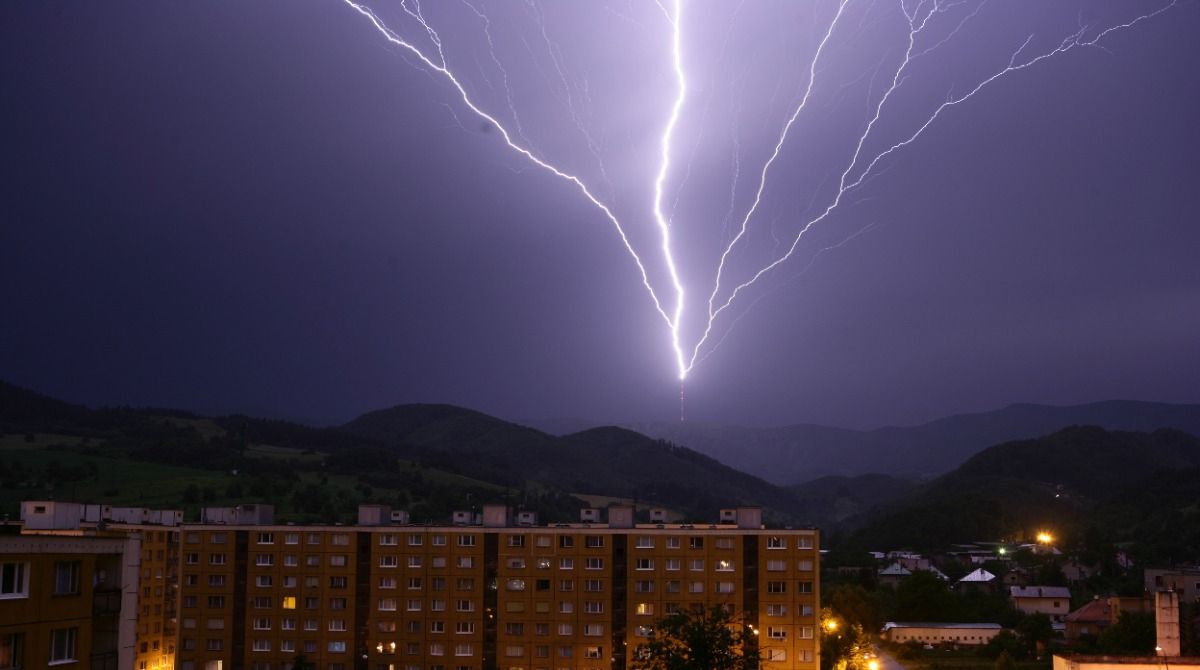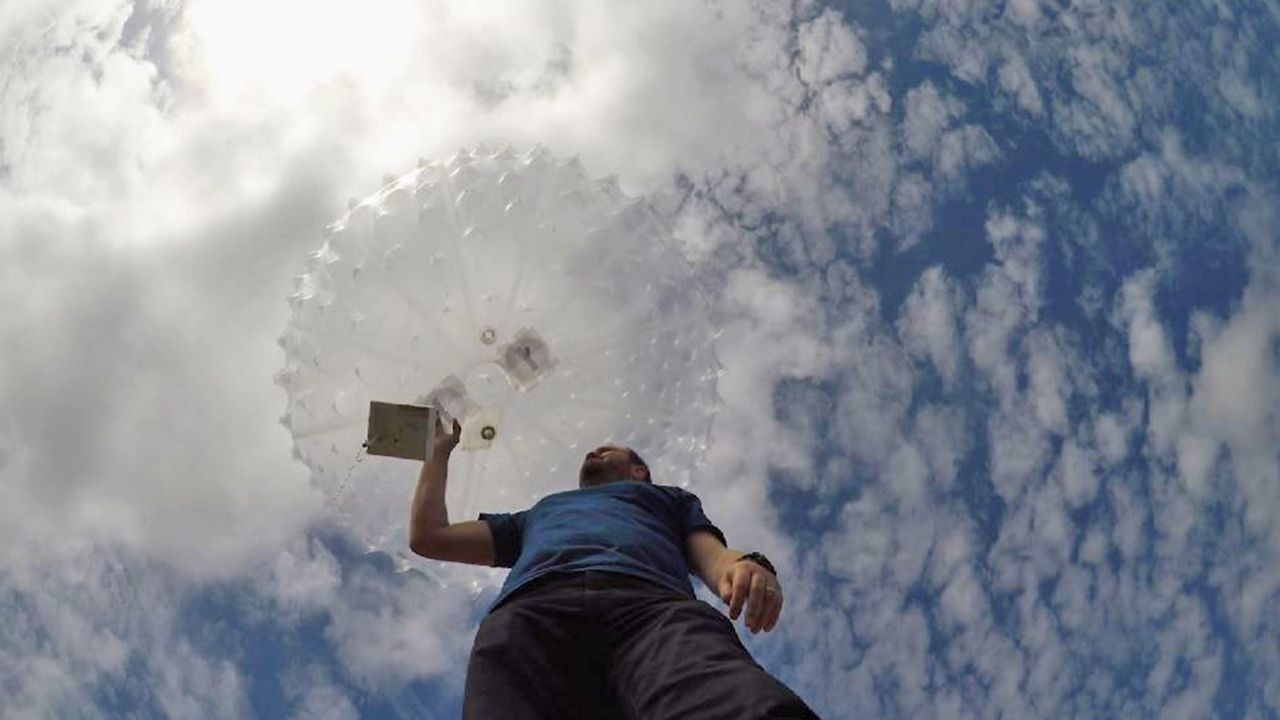You've heard it before. That startling emergency alert sounding off on your phone.
When you check your phone to see what the ruckus is about, it's a snow squall warning. Big whoop. It's winter after all, it's supposed to snow!
That was one reaction I came across on social media. Others were confused; "never heard of it" said one user. Another poster thought to have the answer: "it's basically a blizzard."
In their defense, this type of emergency alert regarding a snow squall warning was first implemented in January 2018, so it is still relatively new.
The National Weather Service defines a snow squall as a quick and intense burst of snow and wind resulting in hazardous travel.
For a snow squall warning to be issued, certain criteria must be met.
Visibility must be 1/4 mile or less due to heavy snow and accompanied by sub-freezing road temperatures.
The other situation in which a warning is issued is if visibility is significantly reduced by falling/blowing snow and there is a drastic enough drop in temperatures for a flash freeze to occur.
Similar to a severe thunderstorm warning or a tornado warning, snow squall warnings are issued as polygons, which tend to be more localized and have a short duration, typically 30 to 60 minutes.
This warning is more geared toward motorists and people with travel interests and not so much for those enjoying the comfort of home on a cold winter's day.
That's because snow squalls create rapidly deteriorating road conditions in an otherwise more prominent and less consequential weather pattern.
Here's a time lapse of the dangerous snow squall as it went through Tunkhannock, PA about 1230 PM. pic.twitter.com/VjneX8JSe2
— NWS Binghamton (@NWSBinghamton) December 18, 2019
Within minutes, drivers could encounter a whiteout and snowy roads resulting in cars going off the road and even pileups.
There are circumstances when snow squalls will be left unwarned.
The National Weather Service tries to stay away from issuing a snow squall warning in conjunction with other snow-related weather alerts. For example, if a winter storm warning is in effect, it is assumed that the public is already aware of more hazardous travel conditions.
Additionally, snow squall warnings will not be issued between 10 p.m. and 6 a.m. That's because there is typically less traffic during these hours.
Location also plays a role. A warning is less likely to be issued for lesser traveled roads and in the lake-effect snow belt regions such as the Tug Hill.
Winter-related motorist fatalities far outnumber fatalities from other weather hazards. That's why it's so important to heed this warning.
If you have been alerted to a snow squall warning with plans to head out the door, consider waiting to leave until the warning has expired and monitor local conditions.
For motorists already on the road, be alert! Be prepared for rapidly changing conditions, reduce speed when necessary and avoid using your high beams. If possible, find a safe place to pull over until the snow squall has passed.
As always, make sure you stay weather aware this winter season to keep yourself and those around you safe.









